Hugh O’Kane Electric closed 2022 with notable achievements for New York City and its boroughs. From providing seamless, uninterrupted power to universities and corporations, to connecting communities and expanding 5G networks via fiber optic and wireless broadband throughout neighborhoods and public transportation stations. Here are our top five most notable projects that kept New York connected, electrified, and operational:
1. Closing NYC’s Digital Divide with Link5G
The Big Apple in 2022 became more digitally connected. New York’s digital divide shrank as its broadband network expanded throughout the Bronx, Brooklyn, Queens, Staten Island, and above 96th Street in Manhattan. LinkNYC, one of the largest public Wi-Fi networks projects to ever roll out, is now improving wireless technology coverage all over Gotham and its neighboring boroughs. The public-private partnership by consortium CityBridge and ZenFi Networks provides free public Wi-Fi access and community services via a series of kiosks rising up throughout neighborhoods that have had insufficient internet access. To date, Hugh O’Kane Electric has installed more than 75 Links5G poles through this project.
2. Opening of LinkNYC Gig Centers in Harlem, Queens, and Brooklyn
It's hard to believe that some of America’s most populous urban centers remain without reliable broadband service. In certain New York City neighborhoods, entire communities — Up to 500,000 households, according to Bloomberg – remain unconnected. The New York City government cites more than one-third (34%) of households in the Bronx lack broadband at home, compared to 30% in Brooklyn, 26% in Queens, 22% in Staten Island, and 21% in Manhattan. In 2022, Hugh O’Kane helped to establish “Gig Centers” in neighborhoods where residents did not have adequate broadband. Today, the first three Gig Centers are providing robust broadband connections in Brooklyn, Queens, and Harlem.
3. Thanksgiving Fiber Emergency Fix
While others were enjoying Thanksgiving dinner with friends and family, Hugh O’Kane technicians were already at work addressing a major customer outage. Beginning Tuesday night, November 22, one of Hugh O’Kane Electric’s largest telecom customers had a major network outage involving multiple high count backbone fiber cables being cut in the street. Hugh O’Kane responded Tuesday night and went to work with two street crews placing multiple high count fiber optic backbone cables.
Beginning Wednesday night three splice teams and testers were dispatched to work around the clock on this network outage. In all, between 8-12 technicians worked non-stop from Tuesday evening through Sunday morning along with multiple foremen, expeditors and PMs assembling these crews and communicating and coordinating with our customer.
HOK continues to be thankful for the men and women of the Company who sacrificed their time with family in support of our loyal customers.
4. Completion of 6-year, Full-building Infrastructure Renovation of a Global Bank’s Headquarters
Large financial service corporations require a highly reliable uninterrupted power supply. With millions of transactions and trillions of dollars circumventing the globe daily, financial institutions expect uninterrupted power for seamless and secure transfer of funds and the assurance they can close their transactions every time with no operational interruptions.
One such bank recognized that it was time for extensive renovations and upgrades to its New York City-based headquarters fiber optic and backup power supply. The entire renovation process executed by Hugh O’Kane happened in real time, during the bank’s daily operational hours, with no interruptions.
5. Continued Expansion of the NYU Co-Gen Power Network
Nestled in the heart of Greenwich Village, New York University (NYU) once again needed expand it’s Co-Generation (co-gen) plant system. Hugh O’Kane Electric built and connected numerous buildings around the NYU campus to a co-gen power network. As one of the largest private co-gen plants in the city, it was imperative that continual power continued to flow throughout the main campus points in case conventional electrical grids fail – as experienced back in 2012 during Super Storm Sandy. This upgraded co-gen system now further allows buildings throughout the campus to be independent from the ConEd grid for heat, cooling, and power.
Today, nearly 40 buildings are powered from the system, also providing some with heating and others with chilled water for cooling. This upgrade also aligned with New York City’s PlaNYC Climate Challenge, drafted by Mayor Bloomberg in 2007, which instructed universities and colleges to reduce greenhouse gas emissions by 30% by 2017.


